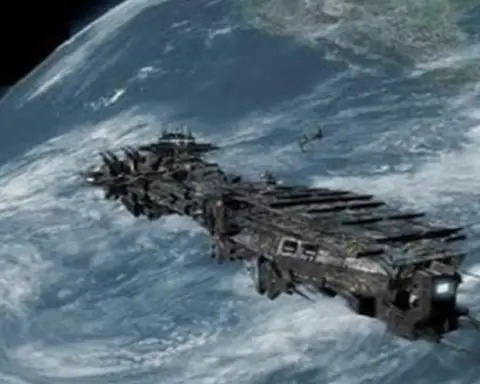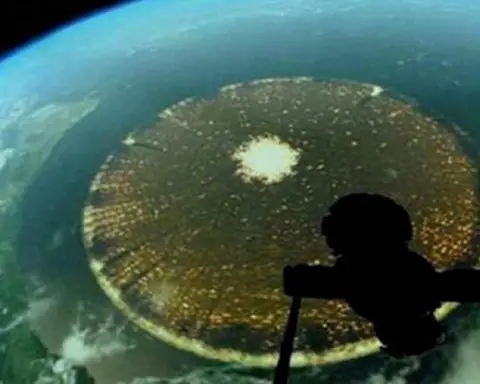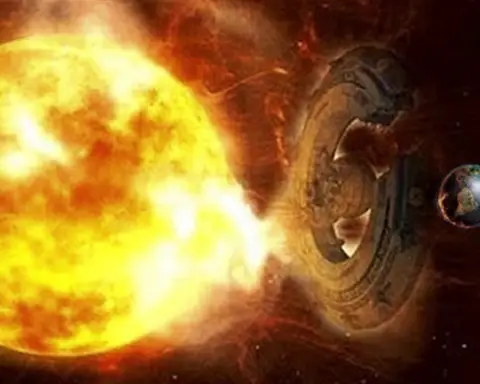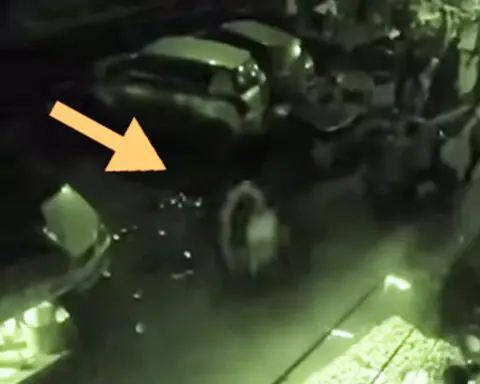Is our universe a complex cosmic ruse? It’s doable, according to a respected scientist at NASA’s Jet Propulsion Laboratory.
Many of us have considered this subject, and the notion is far older than we would imagine. René Descartes, a French philosopher, was the first to express the concept of an entity purposefully feeding us intricate pipe fantasies.
We still can’t escape the notion that the world we see with our eyes is merely a hologram three centuries and a half later.

Rich Terrile
Rich Terrile, director of NASA’s Center for Evolutionary Computation and Automated Design, not only believes it’s conceivable but also predicts that humans will soon be able to design such massive simulations.
According to Rich, a programmer from the future may have created our world with computing capability vastly greater than ours. We don’t know why he does what he does. Perhaps he was curious about what might have happened far before his time. Perhaps it was out of boredom rather than the interest that he did it.
If this is true, then wow! Our whole universe would be a simulation, with our reality serving as a stepping stone. Is there, however, any evidence to back up this bizarre scenario? There is, in fact.
Surprisingly, the cosmos operates as if it were a computer simulation. When viewed, it only displays specific qualities, similar to how the Grand Theft Auto game engine only produces the region in where the player is presently located.
Quantum physics may be perplexing to non-scientists, yet one of its main laws is almost embarrassingly simple: subatomic particles have no distinct state unless they are detected.
That is, objects become real and remain so as long as our gaze is fixed on them. Scientists have been perplexed by this paradox for a long time, and one plausible answer is that we are living within a simulation.
This simulation only gives us “what we need to see when we need to see it” to save computer power.

This would also explain why our cosmos consists of finite units or pixels:
Terrile told Vice, “The cosmos is also pixelated—in time, space, volume, and energy.” “There is a basic unit that cannot be broken down into smaller units, implying that the cosmos is made up of a finite number of these units.”
This also implies that the cosmos may have a finite number of objects; it isn’t infinite, hence it can be computed. And if it only acts in a finite way when seen, the issue becomes, “Is it being computed?”
A simulation of the cosmos would appear to us to be identical to the actual thing.
Supercomputers developed by NASA are already quicker than the human brain. According to Moore’s Law, computers will be able to mimic a full human existence, including all of its twists and turns, in less than a month in a decade’s time. In thirty years, a game console will be able to do it in less than an hour.
Now that we’re on our way to building our own holographic worlds, the possibility of living within one is becoming more appealing. How do we know we’re not the result of a simulation set in the year 2050? We don’t, but let’s hope we aren’t.
This idea has far-reaching ramifications. What will we be if we can soon develop our own simulations, complete with aware and intelligent beings?
“This implies we are both God and God’s slaves, and we created everything.” What I find inspirational is that, even if we are in a simulation or many orders of magnitude below in simulation levels, something escaped the primordial ooze somewhere down the line to become us and result in simulations that formed us. And that’s fine,” Rich Terrile says.






